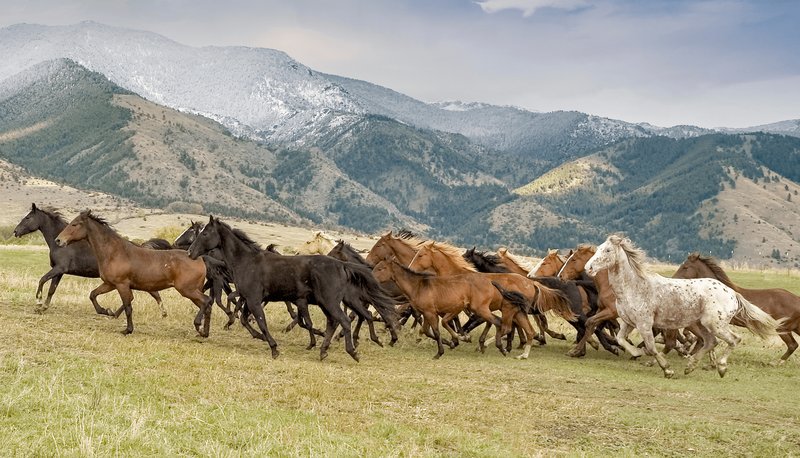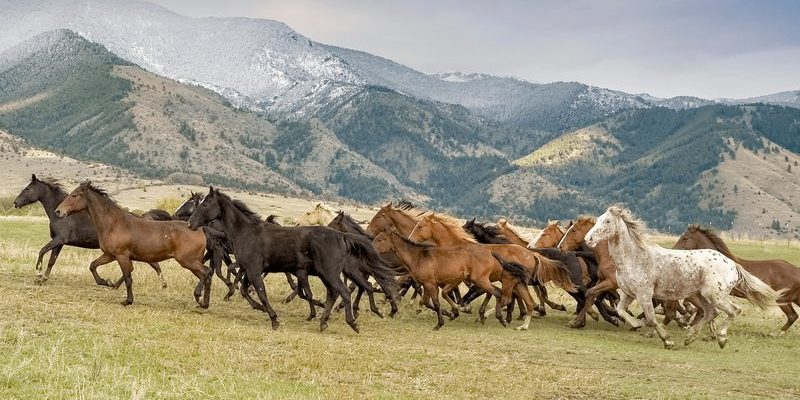
Recovery from wolf worm exposure involves understanding the life cycle of these parasites, how they affect animals, and what steps can be taken to help them heal. Think of it as a journey—one that requires care and a bit of patience. In this article, we’ll break down how wild animals cope with wolf worm infections and how we can assist in their recovery.
What Are Wolf Worms?
Wolf worms are the larvae of a type of botfly, specifically known as the *Cuterebra* genus. These tiny creatures typically infect small mammals, like rabbits and rodents, and can occasionally target other wildlife. Imagine wolf worms like uninvited guests at a party—they crash in and make themselves at home, but not in a way that benefits the host. They enter through wounds or the animal’s skin, where they develop into larvae and grow.
Once they’re inside, these larvae can wreak havoc. The animal may experience inflammation, discomfort, and even infections as the larvae grow. Some animals can show signs of distress, like difficulty breathing if the larvae migrate to sensitive areas. It’s a tough situation for them, and understanding what wolf worms do helps us know how to assist in recovery.
Symptoms of Wolf Worm Infection
If you ever suspect an animal might be dealing with a wolf worm infection, keep an eye out for certain telltale signs. While symptoms can vary depending on the species and location of the infection, some common indicators include:
- Skin lesions: You might spot unusually swollen areas on the skin where larvae have burrowed in.
- Behavioral changes: Infected animals may seem lethargic, less social, or more irritable.
- Respiratory issues: If the larvae are in sensitive areas, like the respiratory tract, the animal may struggle to breathe.
- Visible larvae: In some cases, you may even see a small opening or a breathing hole on the skin, which indicates the larvae’s presence.
Recognizing these symptoms early on can be crucial. The sooner the problem is identified, the quicker an infected animal can get the help it needs, leading to a more successful recovery.
How Do Animals Recover from Wolf Worm Exposure?
Recovery from wolf worm exposure usually begins with the removal of the larvae. This can be a challenging process, especially in cases where the larvae are deeply embedded. It’s similar to pulling a splinter from your skin—some might be easy, while others can be quite stubborn. Wildlife rehabilitators often handle this process, carefully extracting the larvae while minimizing further injury or infection.
Once the larvae are removed, the focus shifts to healing. This may include:
- Antibiotics: If there’s an infection or risk of one, antibiotics might be prescribed.
- Supportive care: Providing a warm, quiet space can help the animal recover more comfortably.
- Hydration and nutrition: Ensuring the animal stays hydrated and well-nourished is vital for its recovery.
The recovery can take time, and patience is key. Just like how we need rest when we recover from a cold, wild animals need their time to heal and regain strength.
The Role of Wildlife Rehabilitation Centers
Wildlife rehabilitation centers play a crucial role in the recovery of animals affected by wolf worms. These organizations are often staffed by trained professionals who understand animal health and behavior. They provide essential care that wild animals desperately need.
When an animal arrives at a rehabilitation center, specialists assess its condition, create a treatment plan, and monitor recovery progress. The facilities often have specialized equipment and medications that standard animal care might not offer, making them ideal for handling serious cases like wolf worm infections.
These centers also serve as educational hubs. They raise awareness about wildlife health issues, including how to spot problems like wolf worm infections and what people can do to help. Engaging the community fosters compassion for wildlife and encourages people to report sightings of sick or injured animals.
Preventing Wolf Worm Infections in Wildlife
While we can’t control nature, there are ways we can help reduce the spread of wolf worm infections. Understanding their life cycle and habits helps us take preventive actions. Here are some proactive steps:
- Avoiding habitat destruction: Protecting natural habitats can help maintain healthy wildlife populations.
- Reducing pet exposure: Keeping pets, especially cats, indoors can help decrease the chances of them bringing a wolf worm infection back home.
- Reporting sick animals: If you see a wild animal showing symptoms, contact a local wildlife rehabilitator. Quick action can save a life!
By taking these steps, we can contribute to healthier wildlife environments and reduce the impact of wolf worm infections in nature.
Why Wolf Worm Recovery Matters
You might be wondering why we should care so much about wolf worm recovery for wild animals. The truth is, every creature is a vital part of our ecosystem. When one species suffers, it can have ripple effects on others. For instance, if rabbit populations decline due to wolf worm infections, predators that rely on them for food, like foxes or hawks, may also struggle.
By supporting wildlife recovery efforts, we contribute to a healthier ecosystem. Plus, every animal has its role; nurturing their recovery ensures these roles continue. It reminds us that we share the planet with diverse creatures, each deserving a chance to thrive.
Wild animal recovery from wolf worm exposure is a complex yet hopeful journey. By understanding what wolf worms are, recognizing signs of infection, and supporting recovery efforts, we can play a part in helping wildlife heal. Whether it’s through reporting sick animals or supporting local rehabilitation centers, every action counts.
Here’s the thing: learning about these issues isn’t just for wildlife enthusiasts; it’s for anyone who cares about our planet. With a little bit of compassion and knowledge, we can make a difference for wild animals facing tough battles against wolf worm infections. After all, the health of our wildlife directly impacts the health of our ecosystems, and by extension, all of us.

